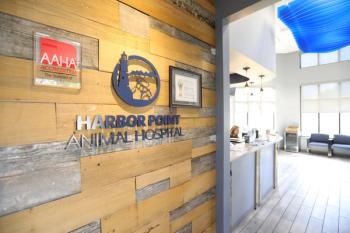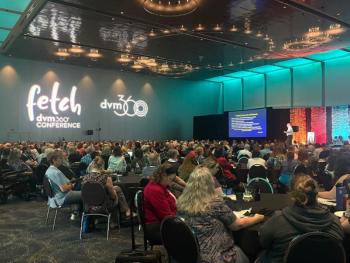
AASV lauds AVMA sow housing decision
Perry, Iowa-The American Association of Swine Veterinarians (AASV) says the sow housing guidelines that were recently passed by the American Veterinary Medical Association (AVMA) are sound, based in science and important for the swine industry.
Perry, Iowa-The American Association of Swine Veterinarians (AASV) says the sow housing guidelines that were recently passed by the American Veterinary Medical Association (AVMA) are sound, based in science and important for the swine industry.
The sow housing resolution recently approved by the American Veterinary Medical Association supports sow housing configurations that help minimize competition, reduce exposure to hazard and protect sows from environmental extremes.
As reported in DVM Newsmagazine, the sow housing resolution was adopted by AVMA's House of Delegates at its annual meeting in Nashville, Tenn.
Dr. Dave Madsen, AVMA delegate and past president of AASV, says the resolution is significant.
"As swine veterinarians, our livelihood is dependent on the welfare of these animals-keeping sows well and productive is critical. As scientists, we rely on guidelines that are scientifically sound. That's why we continually review the scientific literature on this issue," he adds.
Dr. Dave Madsen
Madsen explains, "In preparing the resolution, the AASV researched the current scientific literature, including reference papers. It was clear that the current literature supports the use of individual gestation stalls as a humane housing option when accompanied by an appropriate level of animal care," he says.
"Individual gestation stalls prevent the problems associated with group housing such as aggression and injuries," he adds. "Overall husbandry of the sows is improved when they can be easily handled and cared for. Individual stalls promote an increased level of husbandry."
The resolution supports the use of sow housing configurations that:
- Minimize aggression and competition between sows.
- Protect sows from detrimental effects associated with environmental extremes, particularly temperature extremes.
- Reduce exposure to hazards that result in injuries.
- Provide every animal with daily access to appropriate food and water.
- Facilitate observation of individual sow appetite, respiratory rate, urination and defecation, and reproductive status by caretakers.
Current scientific literature indicates that gestation stalls meet each of these criteria, provided the appropriate level of stockmanship is administered, the resolution states.
Newsletter
From exam room tips to practice management insights, get trusted veterinary news delivered straight to your inbox—subscribe to dvm360.





